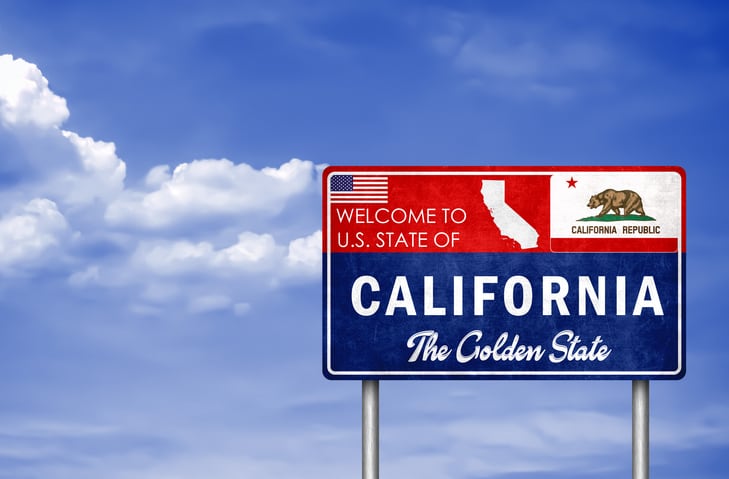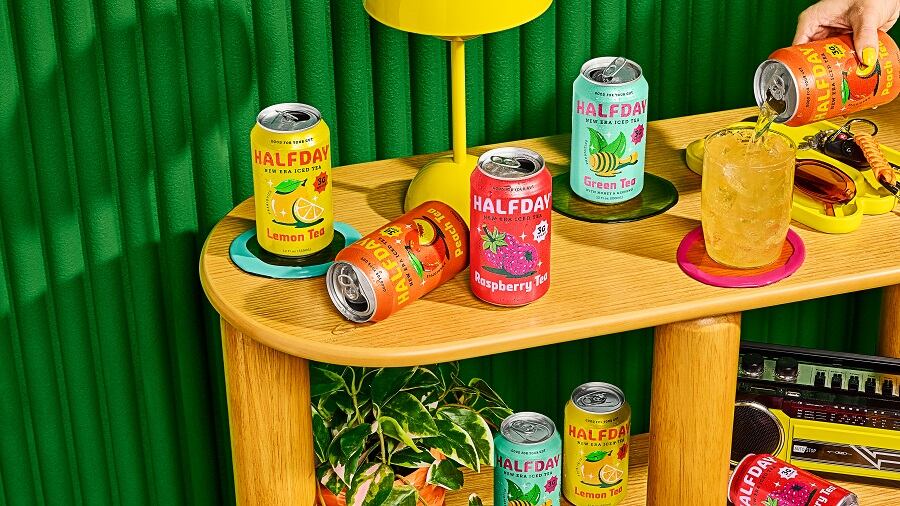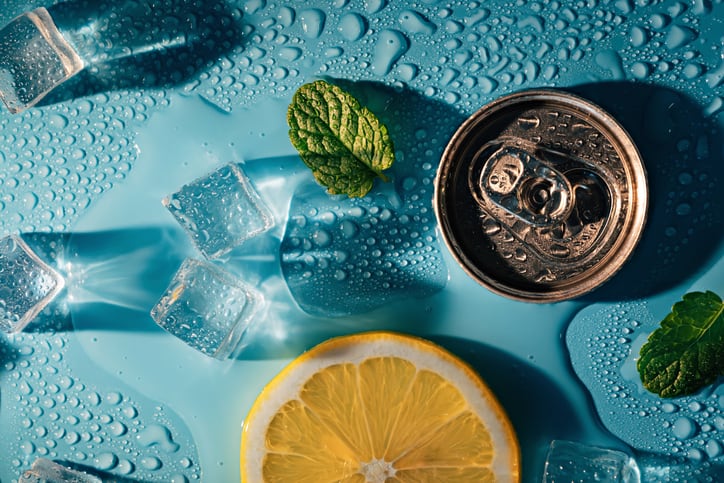From gut health to stress relief, today’s top beverage and food brands are leaning into ingredients that are recognizable and purpose-driven.
The low‑sugar and functional soda segment has surged, according to a recent Circana report. Categories featuring claims like prebiotic fiber, botanical blends, adaptogens, added vitamins and low-sugar formulations are outpacing traditional diet sodas by double-digit annual growth. Consumers, especially Millennials and Gen Z, are actively trading traditional sweetened sodas for perceived wellness options – a key driver for this trend.
Legacy players & acquisition momentum
Legacy soda brands are accelerating into the better‑for‑you space:
- In May 2025, PepsiCo acquired Poppi for $1.95 billion to amplify its presence in functional beverages.
- In February 2025, Coca‑Cola launched “Simply Prebiotic,” offering 6g fiber, real juice, vitamins and zero added sugar.
- Startups, like Olipop, recently valued at $1.85 billion, are driving innovation around multi‑functional blends and fiber complexity.
More mergers, acquisitions and strategic partnerships are expected as major multinationals look to plug into functional portfolio growth – either by acquisition, co‑development or licensed collaborations, according to Circana.
4 trending ingredients
As consumers become more proactive about their health, the spotlight has turned to natural and functional ingredients – those that go beyond basic nutrition to support well-being in meaningful ways.
The functional food and drink movement is evolving quickly, with prebiotics, botanicals, real fruit juice and next-gen fibers taking center stage, according to Circana. Here’s a look at how key players are incorporating these trending ingredients to meet growing demand for wellness from the inside out:
- Prebiotics: inulin, chicory root, agave fiber – Poppi, Olipop and Coca-Cola’s upcoming offerings anchor on prebiotics for digestive wellness.
- Botanicals & adaptogens: hibiscus, ginseng, L‑theanine, ashwagandha, elderberry – touted for mood, stress or immunity benefits (per “functional food” trend analysis) .
- Real fruit juice/vitamins: Coca‑Cola’s Simply Prebiotic contains 25-30% juice plus vitamin C, potassium, iron and zinc alongside 6 grams of prebiotic fiber.
- Fiber blends beyond inulin: Next-gen fibers (like arabinoxylans) that promise more gut efficacy at lower doses, addressing stability and digestive tolerance.
Regulatory and legal risks: Lessons from Poppi
Poppi’s class action lawsuit (ending in an $8.9 million settlement in May 2025) over health claims around prebiotic labeling highlights critical regulatory landmines:
- FTC mandates: Structure/function claims must be honest and substantiated; misleading marketing can invite class‑action lawsuits.
- Risk areas include: Fiber dosage, sugar trade-offs, side effects, whole‑food messaging and disease claims.
6 critical focus areas for brand success and compliance
Brands must keep a close eye on several key focus areas to remain competitive and compliant in today’s market:
- Claims substantiation is essential and should be supported by clinical dosages and peer-reviewed research.
- In terms of label transparency, brands should clearly display gram-level information on fiber and sugar, including trade-offs related to timing.
- Ingredient innovation is another priority, with an emphasis on using next-generation fibers like arabinoxylan and incorporating stable botanicals.
- Regulatory oversight requires alignment with FTC, FDA and state advertising laws to ensure legal compliance.
- To build and maintain consumer trust, companies must provide full disclosure regarding potential side effects and product limitations.
- For strategic growth, exploring mergers and acquisitions can offer opportunities to scale rapidly and effectively.




